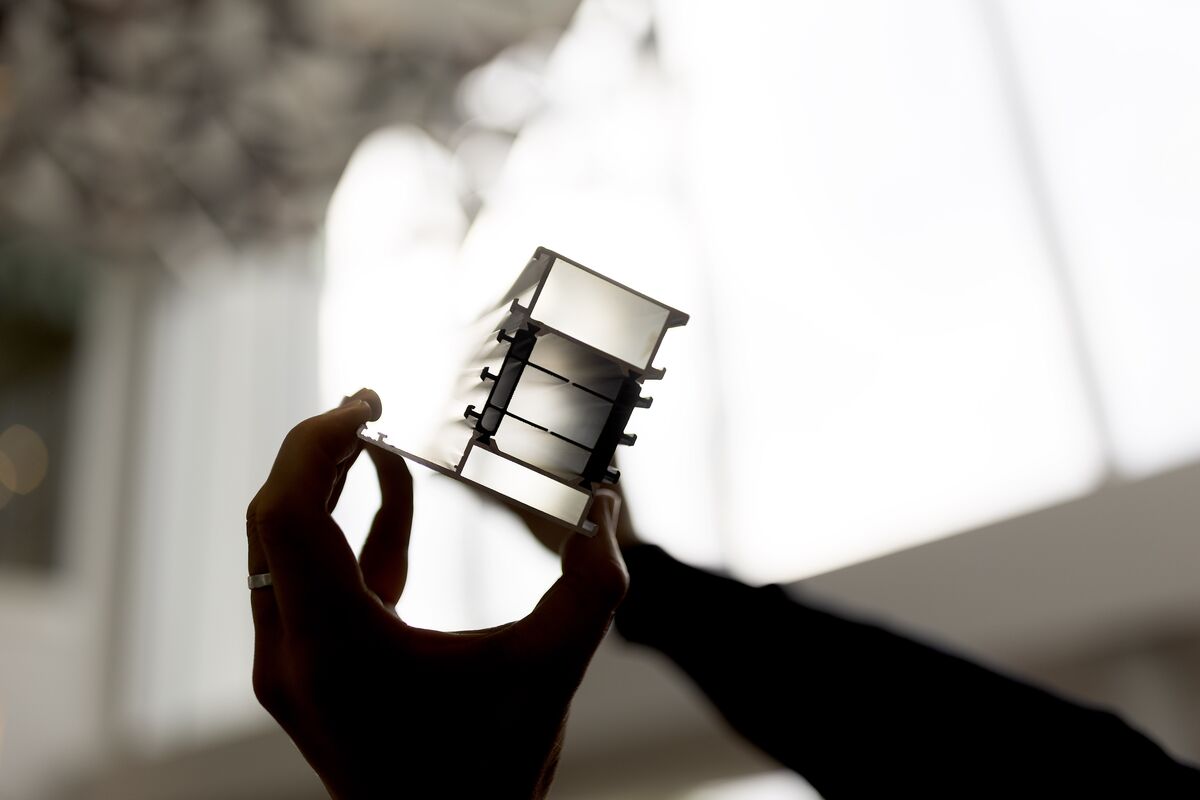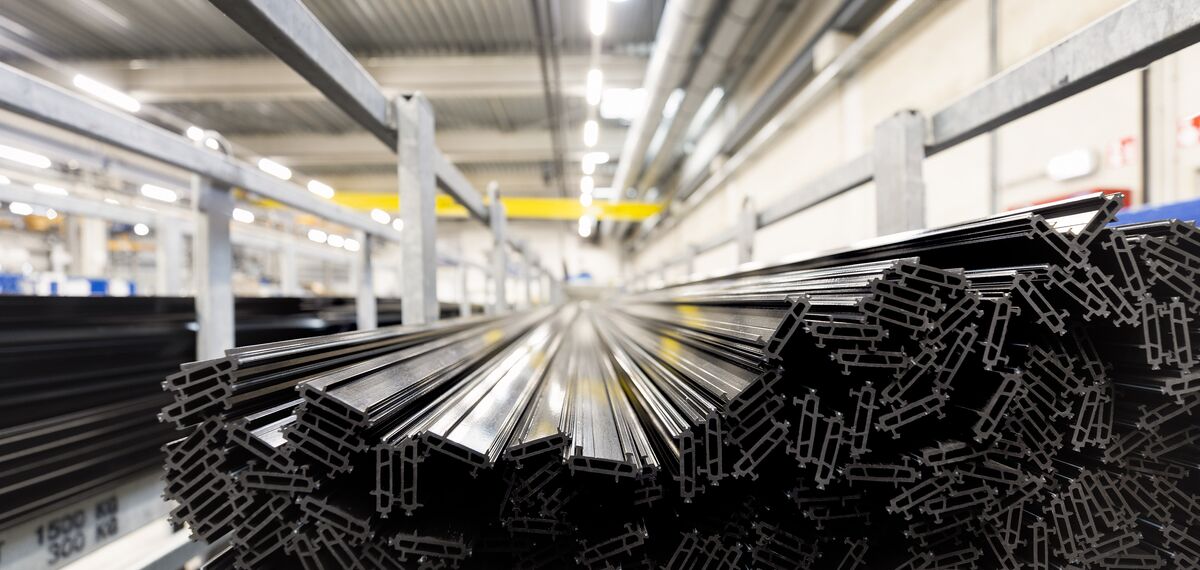The positive impact of low-carbon thermal breaks
To lower the environmental impact of our products, we need to take a closer look at the materials used. However, our windows and doors consist of more than just aluminium. For instance, did you ever think of thermal breaks? Let us show you how we incorporate sustainability in every detail.
Why do we insulate?
Aluminium profiles consist of two parts, an inner and outer chamber. Since aluminium is a highly conducting material, we want to avoid heat or cold transfer as much as possible. That is why we connect the two chambers with a synthetic strip in the middle, the thermal break – in other words, to “break” the thermal bridge. Combined with the right choice of glass, this is how our windows, doors, sliding doors and façades help keep out the heat during summer, or the cold in winter.

What are low-carbon thermal breaks?
At Reynaers Aluminium, our standard thermal break offer mainly consists of polyamide (75%), reinforced with glass fibre (25%). For our low-carbon thermal breaks, we use the same materials, but the polyamide is 100% recycled. So, low-carbon thermal break = 75% polyamide (100% recycled) + 25% glass fibre. And as always, for both our standard and low-carbon offer, we avoid incorporating “volatile organic compounds” (VOC), or any other harmful materials.
In-house insulation sites in Belgium, Poland and Ukraine help us keep a close eye on the delivered quality. At Reynaers Campus in Belgium, the ERAP team processes an impressive 8,300 kilometres of insulated profiles every year (2024). While thermal breaks are only a small part of our solutions, the figures show we cannot ignore their collective environmental impact.

Breaking down the thermal break impact
Aluminium profiles only account for 3% of the embodied carbon of a building – i.e., emissions originating from materials used, construction and end-of-life processes of a building. The impact of the thermal breaks that are part of these profiles, is basically negligible, right? Wrong! Because the power is in the details.
Today, we are using 100% low-carbon thermal breaks in flagship systems such as MasterLine 8 and MasterLine 10 windows and doors, and MasterPatio and HiFinity sliding systems. We are exploring if we can broaden this low-carbon offer to other systems within our range. That is how we innovate for a better future in every detail.
Want to know how we integrate Eco Design even further into our development process? Click the link to find out.



